Building a brand is fun. And full of challenges. And you don’t really know what challenges you’ll face and when they’ll impact you. You just need to know that they’ll come and probably throw a whole wrench into how you operate. I found this out pretty quick after the launch of the product side of my small business Aloha Lovely. So, I wanted to share why I brought production in-house for my brand in an effort to possibly help other small business owners as well as give a glimpse into how I’m operating and growing my brand.
Deciding to go from blog to brand with Aloha Lovely was one thing. I really got back into product design and it felt right. Once I had a collection ready to go, I needed to figure out a way to produce the product using minimal investment. I had dabbled in a bit of Print On Demand (POD) in the past and thought that would be a smart way to get started.
What is Print on Demand (POD)?
Print on Demand is when you partner with a print vendor to print your designs as they are ordered off your website. So someone places an order for a product on your site and that request is automatically sent to the print vendor, who then charges you to print the tee and then ship it directly to your customer. You will then receive the difference in what you charge for the tee on your site minus the cost that the print vendor charges you to print. The customer is typically charged for shipping unless you have included that in the cost of the tee. Make sense?

It sounds like a pretty great idea, you basically just design the product, upload to your site, and link to the print vendor. No holding inventory, no making the product yourself, no shipping to the customer. People find your shop, buy the thing and you get the profit Ah, if only it were that simple.
My POD Experience
In my POD experience, the first thing I did was get samples of my designs printed on specific shirts from the print vendor. You typically get a sample price for these items but it’s still an upfront cost. I would always recommend getting samples of a product before selling anything. In my case, I received my samples and was pretty happy with the printing and quality. So I thought, great! Let’s go ahead with POD and I can run this business in my sleep.
Long story short, it wasn’t long until I was running into issues with POD. And as a disclaimer, this is just my experience, everyone else’s experience may be different.
Potential Issues with Print on Demand
Inconsistent and Unreliable Quality
In my experience, for the number of items I had printed, I had a high percentage of misprints. The most common issue was the design being printed off-center on the shirt. Imagine that being sent off to the customer, yea, that happened it me. And because the order is going straight to the customer, you don’t even know about it until the customer potentially reaches out to you. Pretty embarrassing. The POD vendor is usually quick to try and correct the situation, but in my opinion, you’ve already made a bad impression with your customer. Why would they order from you again?!
Potentially Long Production and Shipping Timeframes
With POD you are at the mercy of your print partner’s constraints. This was absolutely an issue during the height of the pandemic, which was understandable at the time, but other times there might be no explanation as to why things are taking so long to print and ship out. Be prepared for your customers to ask where their orders are and not have a lot of answers.
Limited to No Control Over Personalizing Orders
Although some POD providers offer the ability to include a note with your orders, that is an extra cost. Also, if the customer orders multiple items, it is likely they will be shipped separately, which doesn’t help the brand experience IMO. You won’t have the ability to make your customer’s unboxing experience all that special.
Lower Profit Margins
The reality is, using a POD partner as your means of production typically has lower profit margins. You will be making less per item due to the cost the printer charges. So although you have less investment and risk up front and aren’t having to invest any labor, you have less profit potential for each sale.
These were all reasons why I brought production in-house. I wanted more control over the creation and quality of my product. And I wanted direct, hands-on creation of the experience the customer will have. I am building a brand after all, not just looking for a quick money-making side hustle.
So what did I do? I made a huge pivot in how I was approaching my business. Instead of a set-it-and-forget approach, I was going all in.
Bringing Production In-house
So I know that I didn’t want to invest thousands of dollars into some fancy Direct to Garment (DTG) printer. I really wanted to get off the ground with my business with minimal monetary investment. As I started poking around I somehow stumbled across the idea of getting a heat press.
Heat presses range in cost but you can get started with a few hundred dollars versus a few thousand. I found some YouTube videos of creators that had built their own apparel lines using a heat press. One person who was particularly helpful was Big Brandoh who has a ton of educational videos on how he runs his business. So that’s the first piece of equipment I bought, a 15×15 heat press from Heat Press Nation.
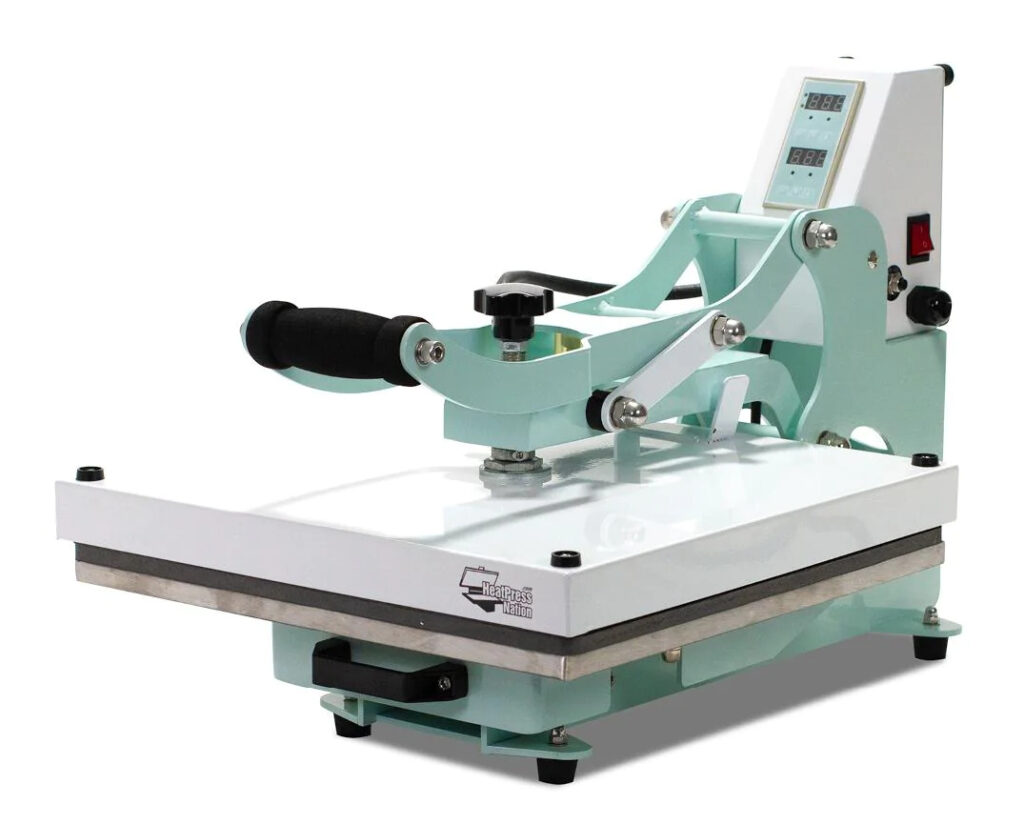
Sourcing Transfers
Now all I needed to find was a place to source the transfers to press. A transfer is basically a way to get your design onto the piece of apparel. I started by working with a couple of different transfer companies where I could upload my designs and they would print and ship transfers to me. The cost was pretty reasonable and it worked for a while. Until it didn’t. I started receiving transfers that had inconsistent colors and saturation. Eventually, it became enough of an issue for me that I decided to make my next investment, a sublimation printer.
Why a Sublimation Printer?
Sublimation printing uses a special ink that when pressed with heat, turns the ink into a gas that then dyes the fabric of whatever you are pressing. So instead of a graphic transfer laying on top of the fabric, it is infused directly into the fabric. This creates a super soft feel, which I’ve always loved and works perfectly with the style of tee I like to create. It does require you to print on specific types of fabric but maybe I’ll dive into that in another post.
Investing in a Sublimation Printer
By purchasing my own printer, I would be able to print transfers in-house and I would be in complete control of the process. And be able to quickly iterate on new designs without having to wait for transfers to be shipped to me, that was really appealing! So I purchased my first sublimation printer, a Sawgrass SG1000. By far my largest business investment at the time.

Now let me say there is a large learning curve when first using both a heat press and sublimation printer. You will waste a fair amount of product with trial and error, so choosing to bring production in-house isn’t for the faint of heart. But neither is starting your own business.
There are a fair amount of other items you’ll need to set yourself up for success and I think I’ll create an additional post getting into the nitty-gritty of all the items that help me run my home studio business.
Bringing production in-house was the right decision for me
There were a number of reasons why I brought production in-house for my small business and it has absolutely been the right choice for me. A big win, for example, was that once I brought production in-house, I was able to expand into wholesale. This would never have been possible with a POD vendor approach, and I actually hadn’t really thought about wholesale as an income stream. And now wholesale is a big part of my business and its growth. Who would have thought?
These kind of pivots are all a part of a small business owner’s journey. I’ll be adding more content that gives a glimpse into some additional behind-the-scenes building of my brand, and how I keep it growing while I also manage a full-time career.
Interested in seeing some of the pieces I produce in my home studio? Head on over to the Shop to check things out!
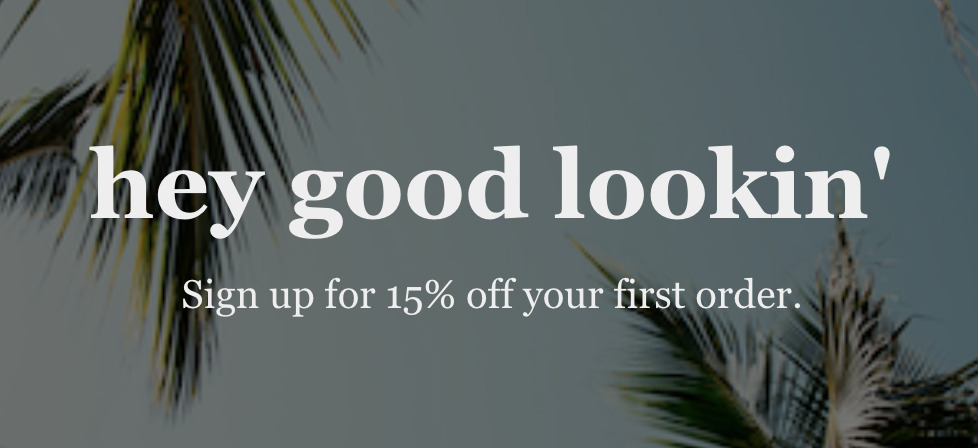

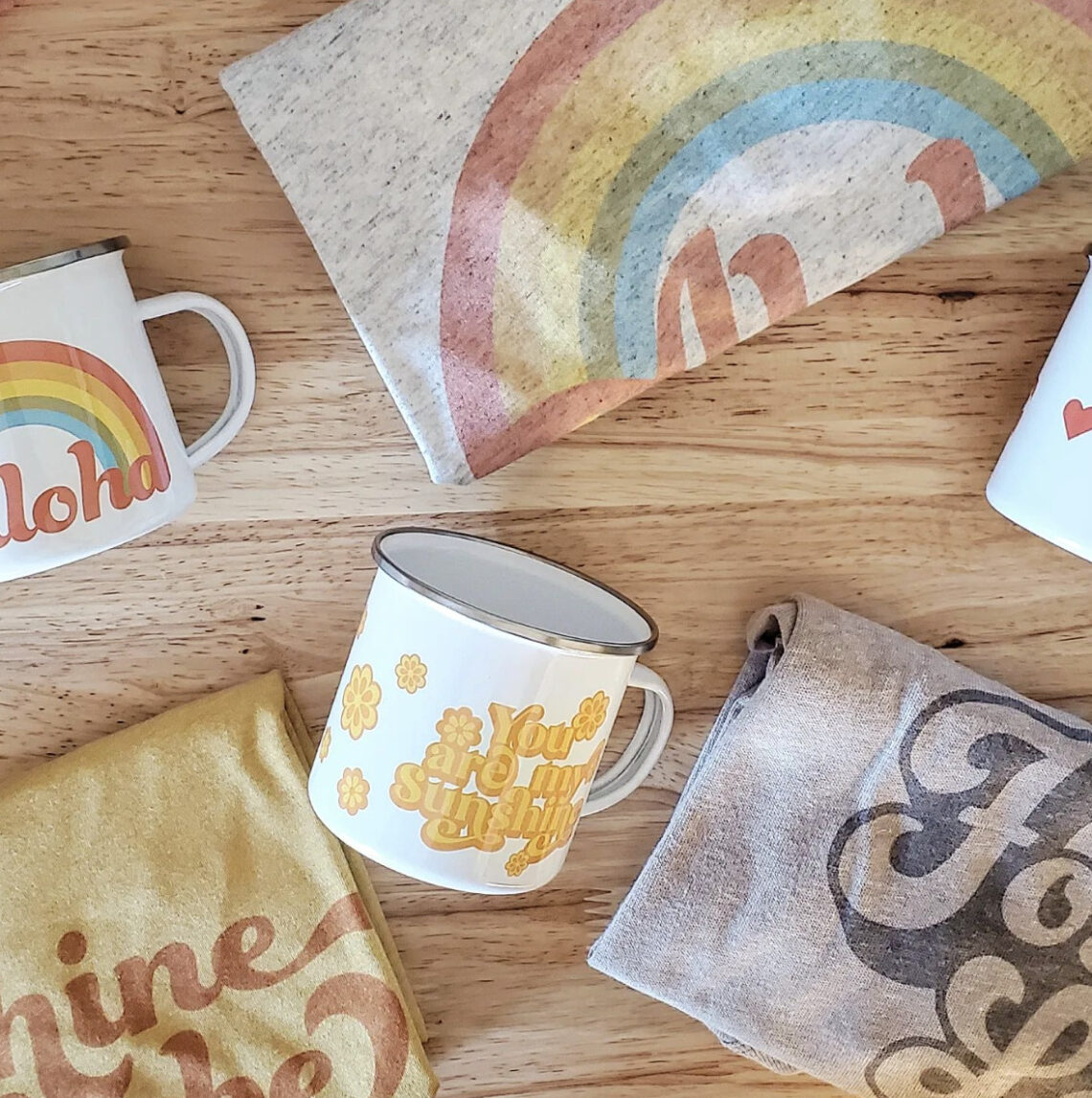
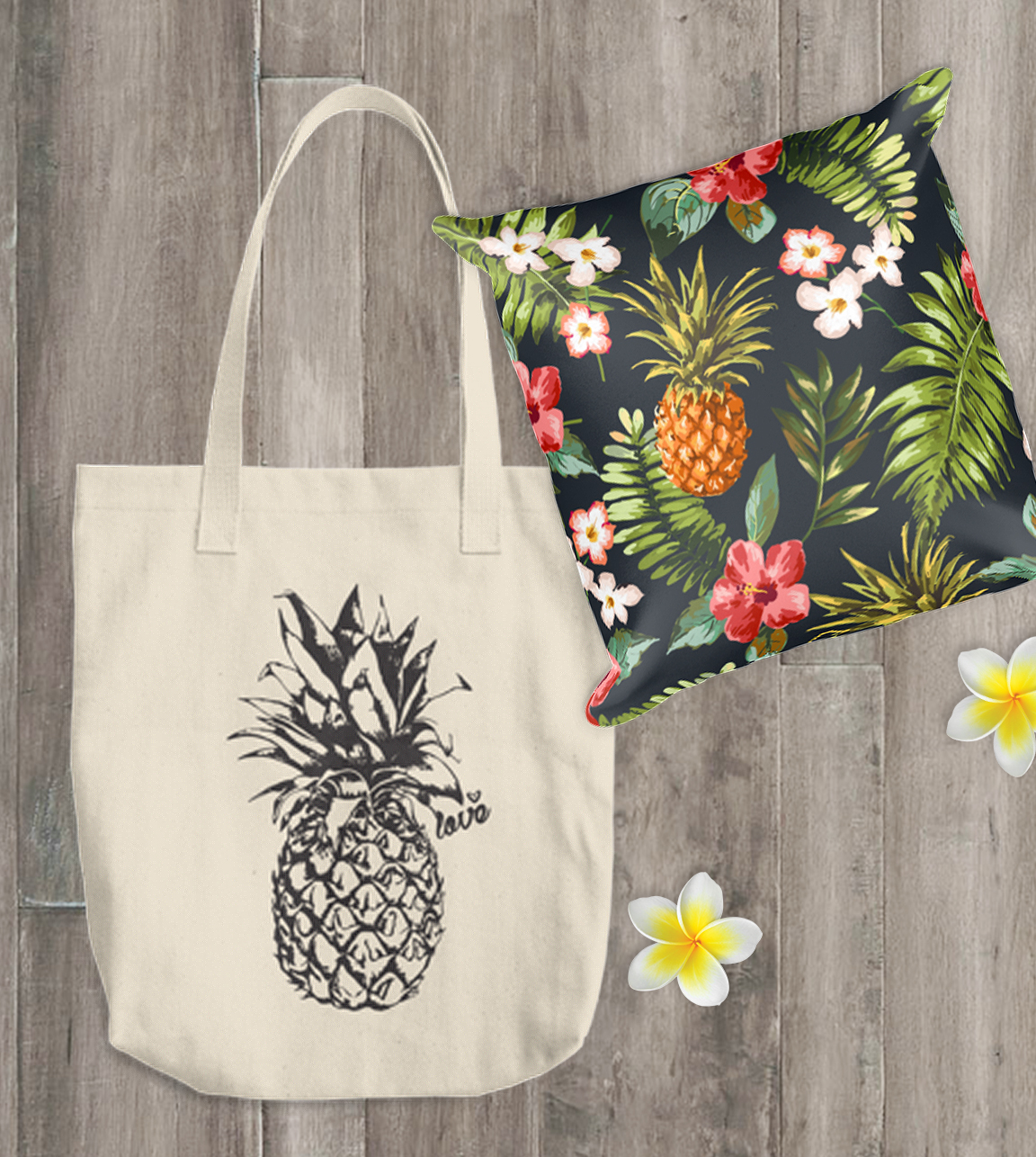
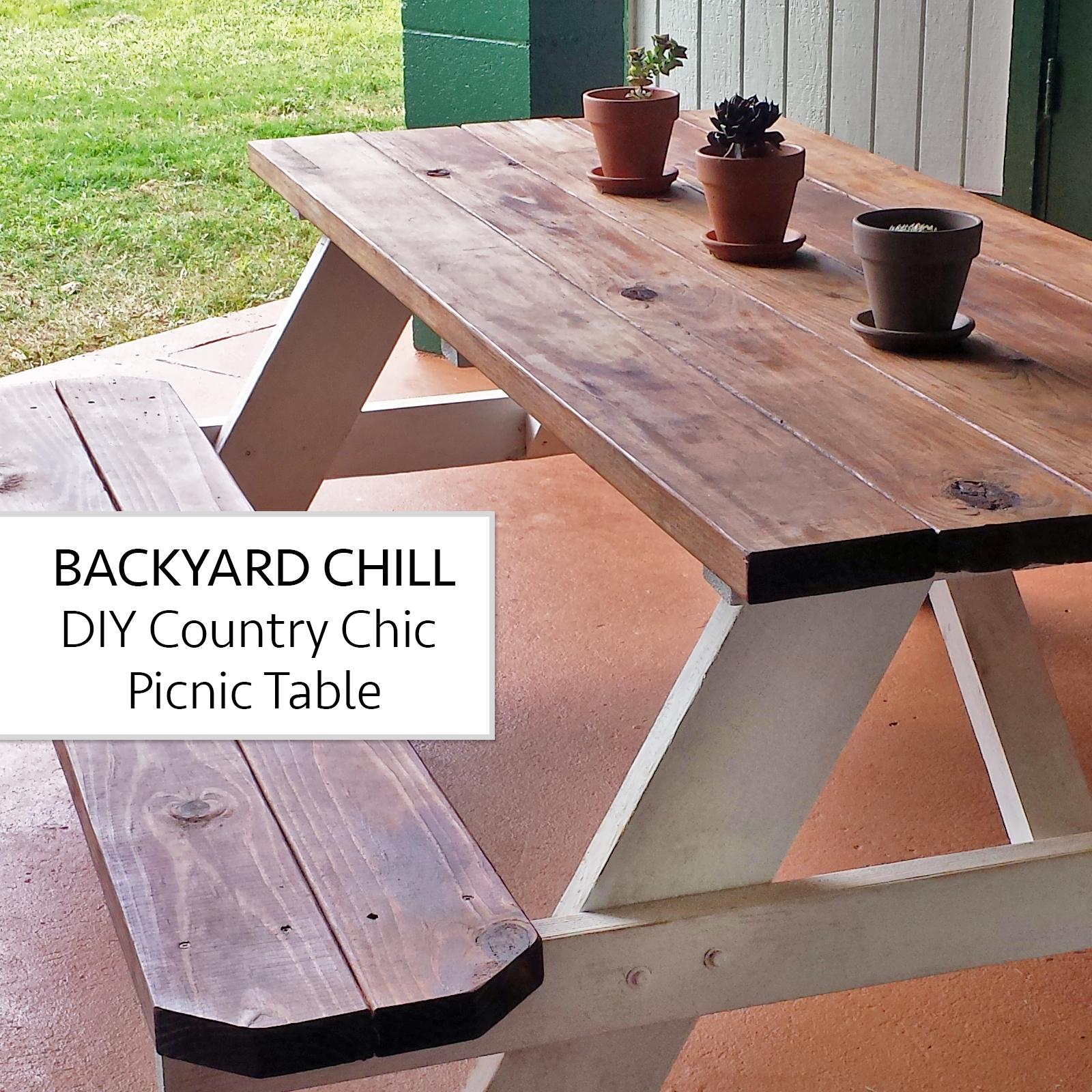
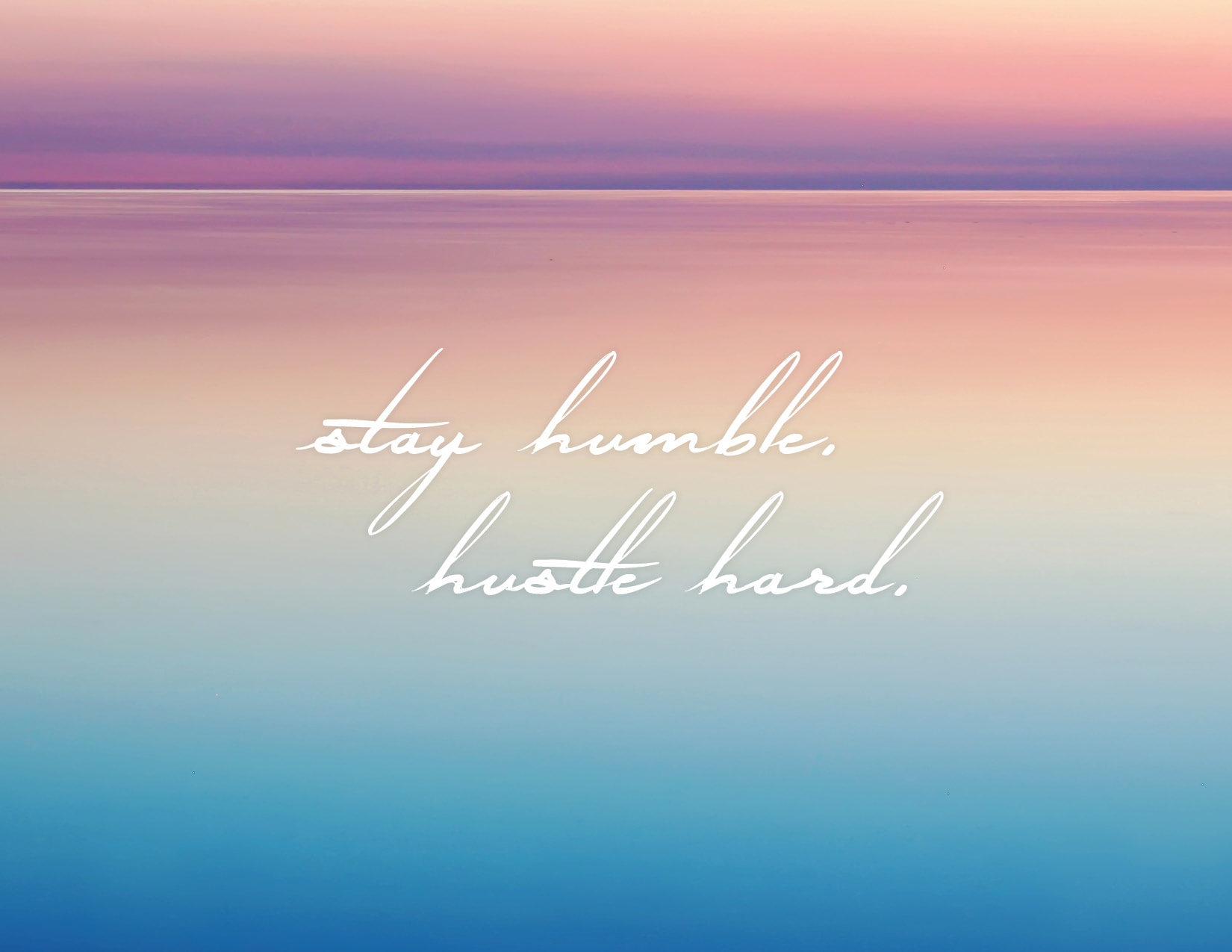
No Comments